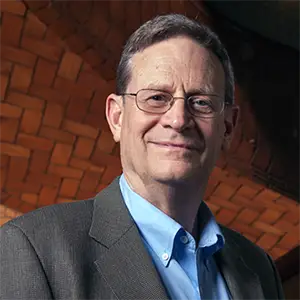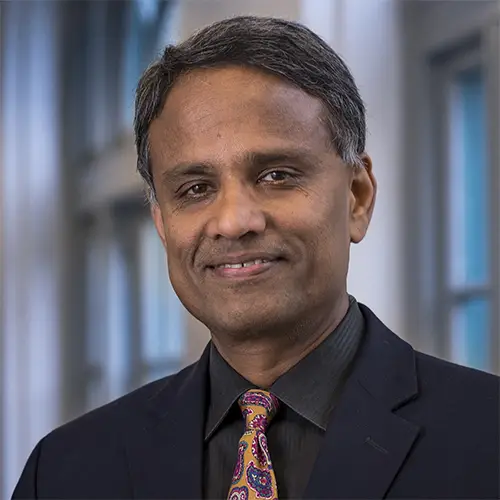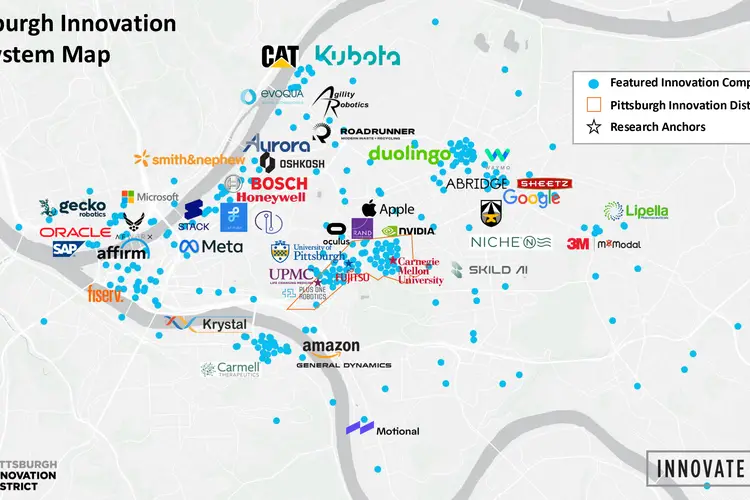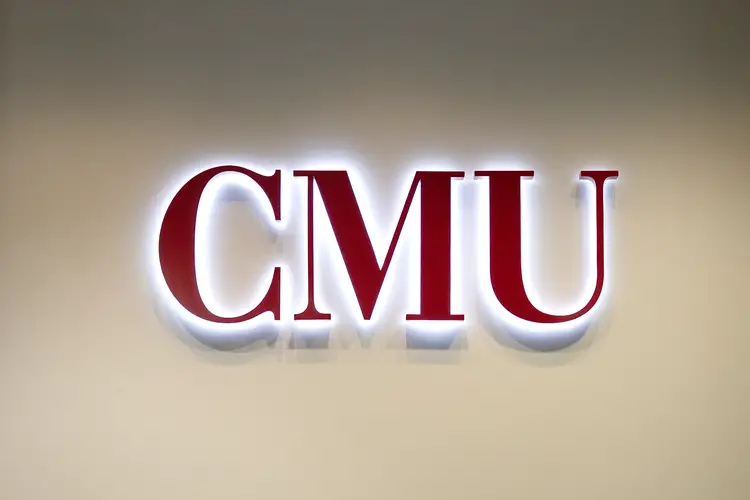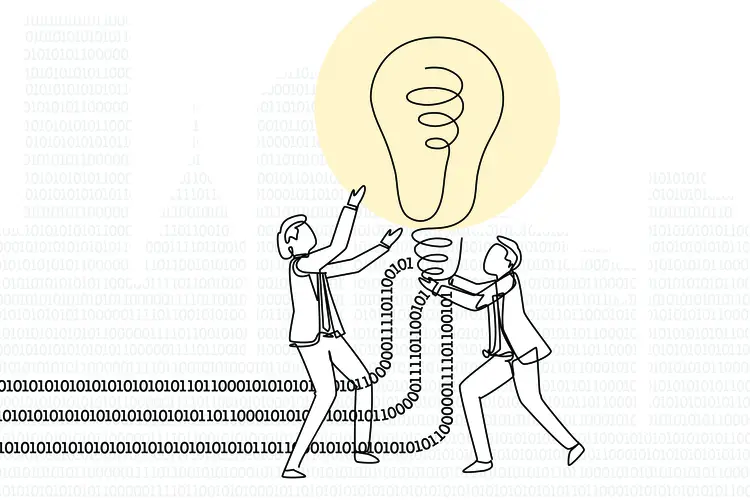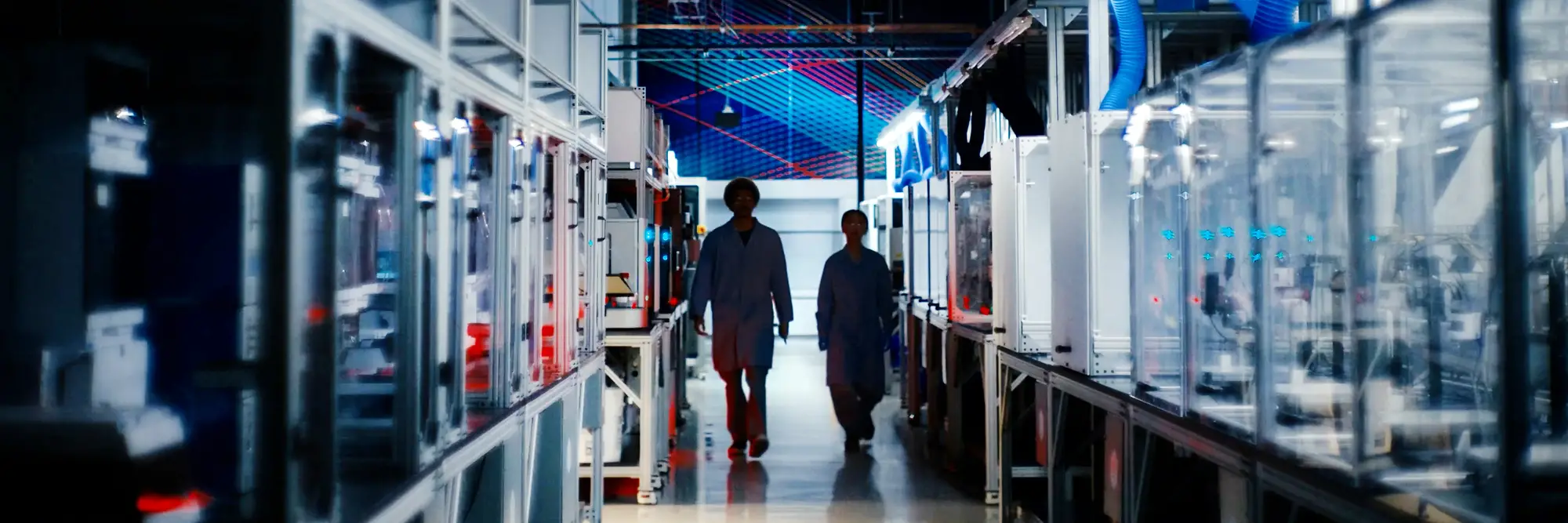
Power Shift: How CMU Is Leading America’s Energy Evolution
Media Inquiries
In the heart of Pittsburgh, a quiet revolution is underway. Carnegie Mellon University, long known for its prowess in computer science(opens in new window) and engineering(opens in new window), is now emerging as a key innovator within America’s energy landscape. As AI models grow more powerful, so too does their appetite for energy, straining an aging and outdated grid and prompting urgent questions about infrastructure, security and access. From reimagining AI data centers to modernizing and securing the electric grid, CMU researchers are working on practical solutions to pressing challenges in how the U.S. produces, moves and secures energy.
The AI-energy connection
At the core of CMU’s energy innovation is the intersection of artificial intelligence and energy systems. Carnegie Mellon is the birthplace of AI(opens in new window) and the university is still helping to shape the field through bold ideas, pioneering research and visionary leadership. While AI drives economic growth and scientific breakthroughs, it’s also straining the energy infrastructure that is currently in place. The good news? AI can help solve that problem.
“As work across Carnegie Mellon shows, AI has the potential to drastically improve our energy consumption by assisting in developing more efficient techniques for grid operation, building better materials for batteries, and potentially even truly revolutionizing energy by accelerating the development of technologies like nuclear fusion,” said Zico Kolter(opens in new window), head of the Machine Learning Department(opens in new window) in CMU’s School of Computer Science. “These are all big bets, to be clear, and advancing science is never a sure thing, but AI at its best can be a unique enabler of so many beneficial downstream technologies.”
Dimitrios Skarlatos, a computer science professor, is leading a groundbreaking project funded by CMU’s Wilton E. Scott Institute for Energy Innovation to redesign AI data center infrastructure. His team aims to improve energy efficiency by a factor of 20, using precise power control tools that don’t require rewriting existing AI software stacks.
“Our goal is to make tomorrow’s AI data centers drastically more energy-efficient through deep vertical integration of software and hardware. At CMU, we’re leading the charge in identifying the most promising research directions and working closely with industry for swift, practical technology transfer. Our research introduces the missing piece in the AI stack: a groundbreaking operating system for GPUs that maximizes hardware utilization and unlocks major efficiency gains,” Skarlatos said.
Jeff Schneider, a research professor in CMU’s School of Computer Science, is exploring how AI can accelerate advances in nuclear fusion. His team’s work could help unlock new energy sources that are both sustainable and scalable.
“Many of the world's grand challenges like a sufficient food supply, clean water availability and climate issues are actually just energy problems. Nuclear fusion and its promise of limitless clean energy would solve many of them,” Schneider said.
Microreactors can help power the future, but today’s microreactor innovations are often stalled by confusion in regulatory language, lack of communication between key stakeholders and redundant approval processes. CMU researchers are using AI-powered tools to speed up safe microreactor deployment by making it easier to reuse proven systems across borders.
“AI technology, if deployed responsibly, has the potential to drastically increase productivity, to enable us to create software in a faster and more robust manner, to advance science, and to ultimately benefit the human condition,” Kolter said.
Getting into the fast lane
Carnegie Mellon is pioneering the use of AI to modernize the electric grid to meet current and future needs.
“Transmission moves power from the locations where it is produced to the locations where it is needed, and the U.S. urgently needs more capacity,” said M. Granger Morgan, the Hamerschlag University Professor of Engineering at CMU. “The Department of Energy predicts the country will need to more than double high-voltage transmission capacity over the next several decades. At the same time the construction of new long-distance transmission has stalled. Breaking the logjam that often makes it impossible to build new transmission capacity without placing an unacceptable burden on consumers’ electric bills is a major challenge.”
CMU researchers are developing “AI fast lanes” — special lanes on the electricity "highway" just for clean energy projects that power AI and data centers. These fast lanes would let clean energy projects connect to the grid faster, ensure the electricity stays affordable and reliable, help protect the environment and make things fair for everyone. These innovations are crucial as the U.S. grid integrates more intermittent renewable sources like wind and solar.
“Building any kind of new transmission will be expensive. As the U.S. meets the growing need for new transmission, it is important to make sure that those who benefit cover the costs. Otherwise, there is a risk that regular homeowners and other traditional electricity customers will face higher electric bills,” Morgan said.
To that end, CMU faculty are leading a new multi-institutional, interdisciplinary consortium dedicated to tackling the challenges of expanding transmission capacity. This initiative focuses on identifying and addressing legal, regulatory, institutional and political barriers; understanding and mitigating public resistance to new transmission projects; enhancing public awareness of the need for increased capacity; and recommending the policy, legal and regulatory reforms necessary to support expansion.
Securing the future
As the grid becomes more digitized, security gaps widen — unless we address them. CMU’s CyLab Security and Privacy Institute(opens in new window) and Electrical and Computer Engineering(opens in new window) department in the College of Engineering are working to stay ahead of the threat curve, using AI to anticipate and neutralize cyberattacks before they cause widespread disruption.
“AI-driven energy expansion is a prime opportunity to harden our infrastructure against cyber threats,” said Audrey Kurth Cronin(opens in new window), director of the Carnegie Mellon Institute for Strategy and Technology(opens in new window). “Upgrading energy infrastructure for AI offers a once-in-a-generation opportunity to replace vulnerable legacy systems with inherently more defensible technologies.”
CMU researchers Lujo Bauer, Larry Pileggi and Vyas Sekar are calling on the research and policy communities to develop more comprehensive and accurate grid evaluation frameworks and datasets, and for updating threat models and grid resiliency requirements to match cyber attackers realistic capabilities.
As part of their research, they interviewed 18 grid security specialists and analyzed four major threats, from overloading smart devices to taking over entire power plants. They found wide disagreement on how likely or dangerous these threats are.
“Our work has shown that inconsistencies in threat assessments occur because of ad hoc simulation and modeling methodologies, as well as dataset errors,” Sekar said. “This shows the need for the creation of standardized public toolkits and datasets and for recommending ways to increase the accuracy of evaluations. This will enable us, as well as other researchers, to develop more rigorous foundations for securing tomorrow’s electric energy grid.”
One major barrier to meeting the energy demands of AI is the slow, complex process of connecting new power sources to the grid. Pearl Street Technologies, a company born out of Carnegie Mellon, is working to speed the process using a powerful tool called Suite of Unified Grid Analyses with Renewables (SUGAR), developed by Pileggi and his graduate students.
Inspired by methods from the computer chip industry, SUGAR dramatically reduces power system planning from months to minutes. It now powers Pearl Street’s efforts to help utilities and developers add more energy to the grid, faster and more efficiently. The tool has already been used for more than 2,000 commercial projects and to enable more than 400 gigawatts of new supply for the grid.
“At Carnegie Mellon, we do not leave the implementation to others,” Pileggi said. “We spin off companies that can move research forward in ways that directly benefit society.”
Policy that meets the moment
CMU's expertise extends beyond the labs and code to shape public policy through systems modeling, data-driven decision making and collaboration with government and industry. The Scott Institute regularly brings together leaders from government, industry and academia during its annual Energy Week, fostering collaboration on issues like transmission bottlenecks and equitable energy access. CMU’s policy researchers are also modeling the economic impacts of grid modernization and advocating for smarter, more resilient infrastructure.
Ramayya Krishnan, director of the AI Measurement Science and Engineering Center (AIMSEC), has said CMU’s ability to look at issues from a systems standpoint is what makes the university uniquely positioned to address the complex challenges and opportunities that lie at the intersection of energy and AI.
"That's our sweet spot," Krishnan said. "At CMU, we have strength in all the different layers. We have deep expertise in energy, deep expertise in AI and deep expertise in public policy, and we understand how these elements come together."
Meet the Experts
CMU thrives at the busy intersection of AI, innovation and energy, and our world-class researchers are tackling some of society's toughest challenges today while also pioneering new solutions for tomorrow.



